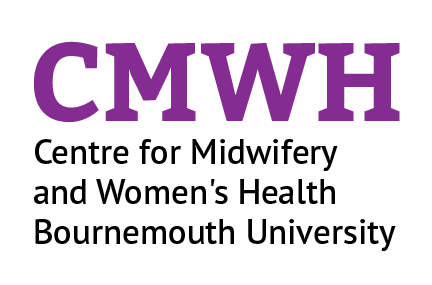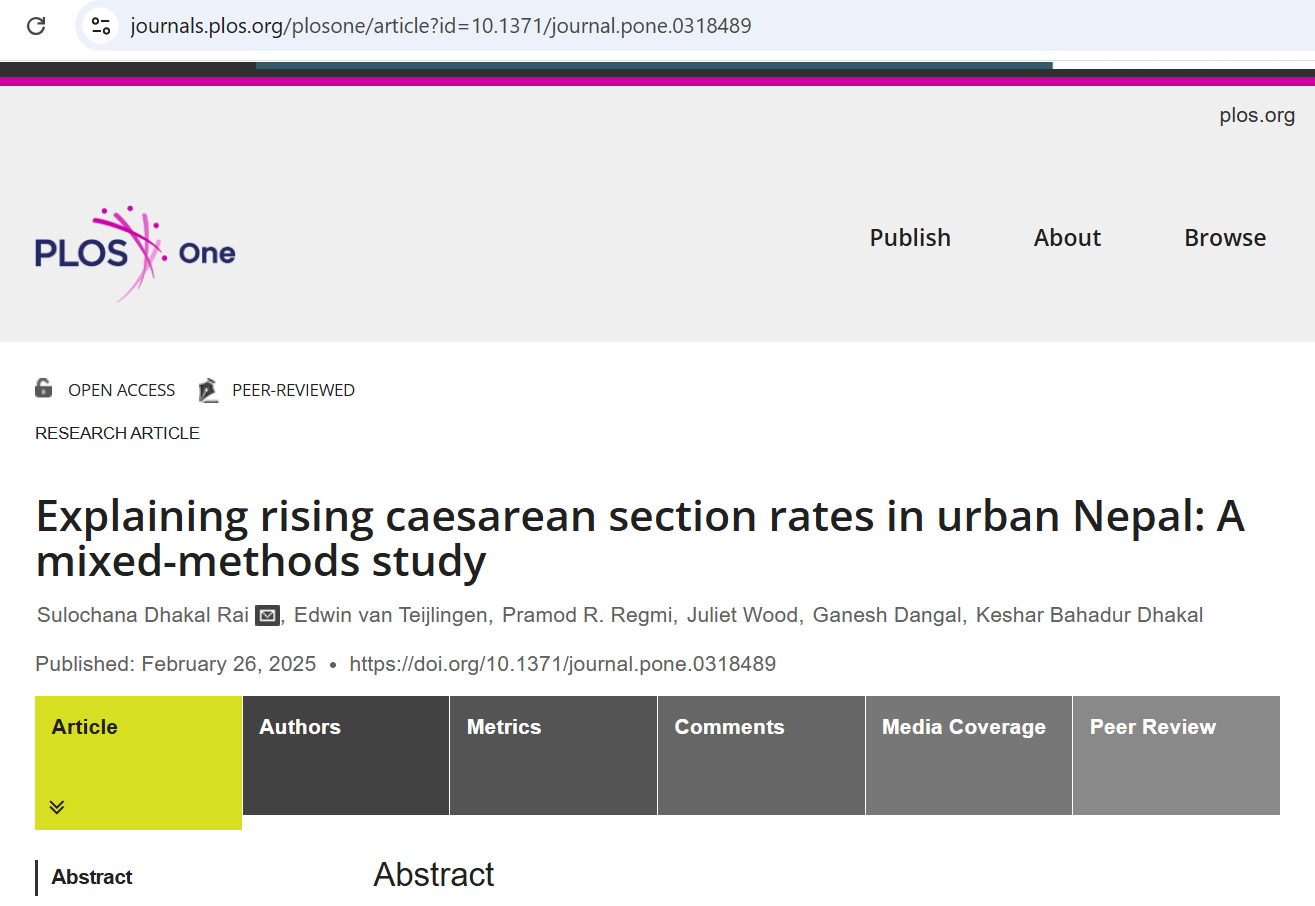Today ResearchGate alerted me that our paper ‘Women, Midwives, and a Medical Model of Maternity Care in Switzerland’ [1] has been read 2,500 times. This paper published in the International Journal of Childbirth focuses on the organisation of maternity health care in Switzerland. Switzerland has a costly health care system with high intervention rates within an obstetric-led maternity care model. Evidence has shown that midwifery care is associated with lower cost, higher satisfaction rates among women, and less intervention. However, in this model, midwives are both marginalized and underused.
The article focuses on the distribution of power and knowledge between midwives, women, and the medical profession. The varying power structures that shape the maternity care system in Switzerland are examined, using a case study approach that draws on Foucault’s concepts of the gaze, surveillance, disciplinary power, and the docile body. This article critically analyzes the model of maternity care received by women in Switzerland and how it negatively impacts on both women’s personal and midwives’ professional autonomy while simultaneously driving up costs.
A better understanding of the underlying power structures operating within the maternity care system may facilitate the implementation of more midwifery-led care currently being endorsed by the Swiss Midwifery Association and some government agencies. This could result in reduced cost and lower intervention rates with reduced associated morbidity.
Prof. Edwin van Teijlingen
Centre for Midwifery & Women’s Health (CMWH)
Reference:
- Brailey, S., Luyben, A., Firth, L, van Teijlingen, E (2017) Women, midwives & medical model of maternity care in Switzerland, International Journal of Childbirth 7(3): 117-25.
 The advert for the video highlights questions such as: What’s the current situation in birth? On Birth has stories to tell about the Sahrasia hypothesis, the rulers of birth, an ongoing inquisition, the invention of obstetrics, Hollywood’s influence, and the rise of eBirth. Welcome to the age of medicalised, techno-driven birth. What you don’t know can hurt you.
The advert for the video highlights questions such as: What’s the current situation in birth? On Birth has stories to tell about the Sahrasia hypothesis, the rulers of birth, an ongoing inquisition, the invention of obstetrics, Hollywood’s influence, and the rise of eBirth. Welcome to the age of medicalised, techno-driven birth. What you don’t know can hurt you.















 New Nepal scoping review on maternal & neonatal health
New Nepal scoping review on maternal & neonatal health Fourth INRC Symposium: From Clinical Applications to Neuro-Inspired Computation
Fourth INRC Symposium: From Clinical Applications to Neuro-Inspired Computation Writing policy briefs
Writing policy briefs Upholding Excellence: The Concordat to Support Research Integrity
Upholding Excellence: The Concordat to Support Research Integrity ECR Funding Open Call: Research Culture & Community Grant – Application Deadline Friday 12 December
ECR Funding Open Call: Research Culture & Community Grant – Application Deadline Friday 12 December MSCA Postdoctoral Fellowships 2025 Call
MSCA Postdoctoral Fellowships 2025 Call ERC Advanced Grant 2025 Webinar
ERC Advanced Grant 2025 Webinar Horizon Europe Work Programme 2025 Published
Horizon Europe Work Programme 2025 Published Horizon Europe 2025 Work Programme pre-Published
Horizon Europe 2025 Work Programme pre-Published Update on UKRO services
Update on UKRO services European research project exploring use of ‘virtual twins’ to better manage metabolic associated fatty liver disease
European research project exploring use of ‘virtual twins’ to better manage metabolic associated fatty liver disease